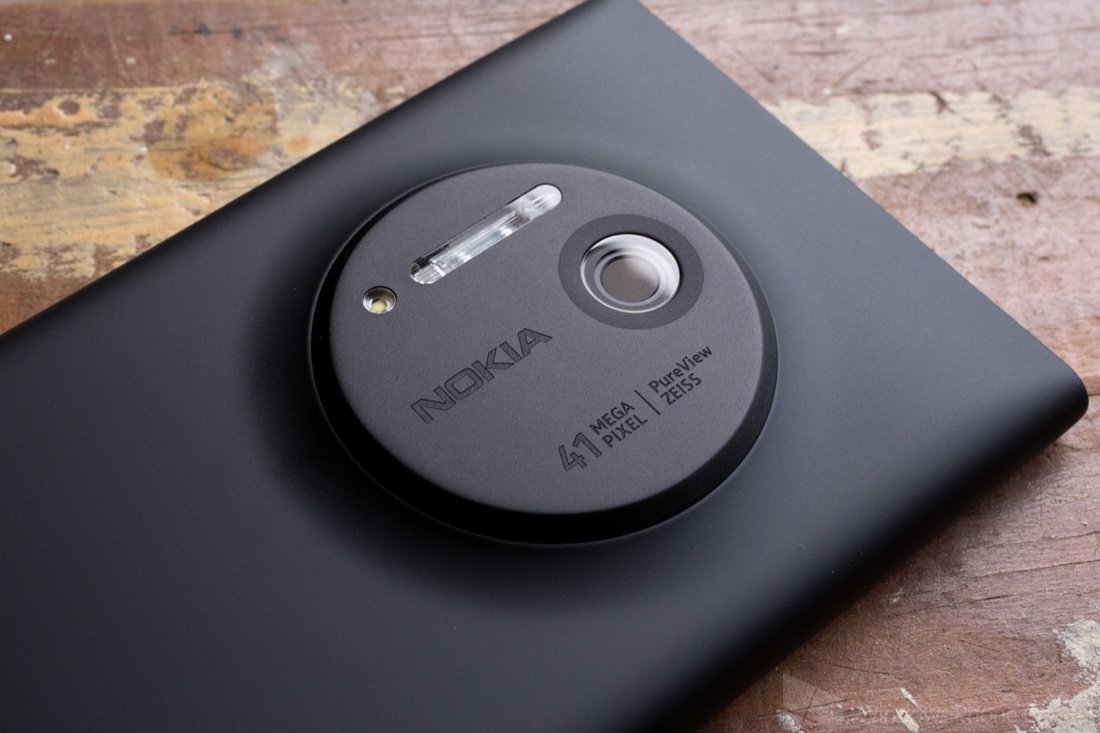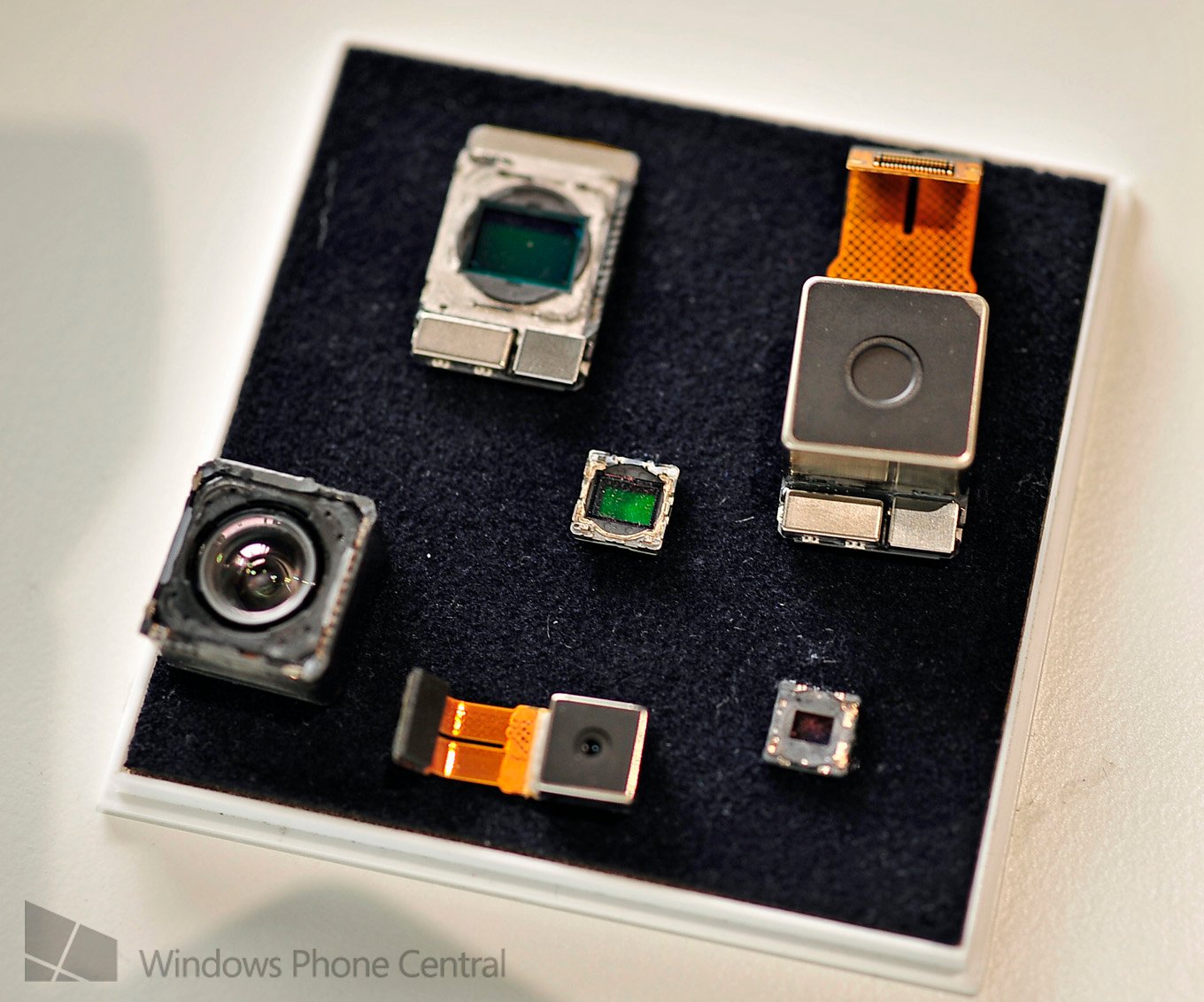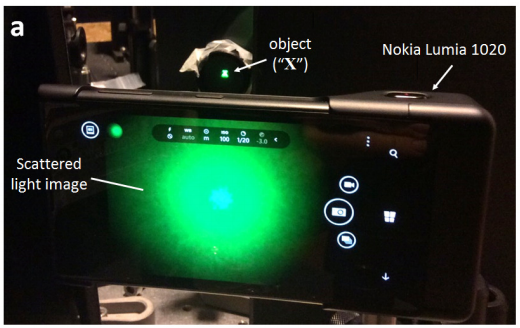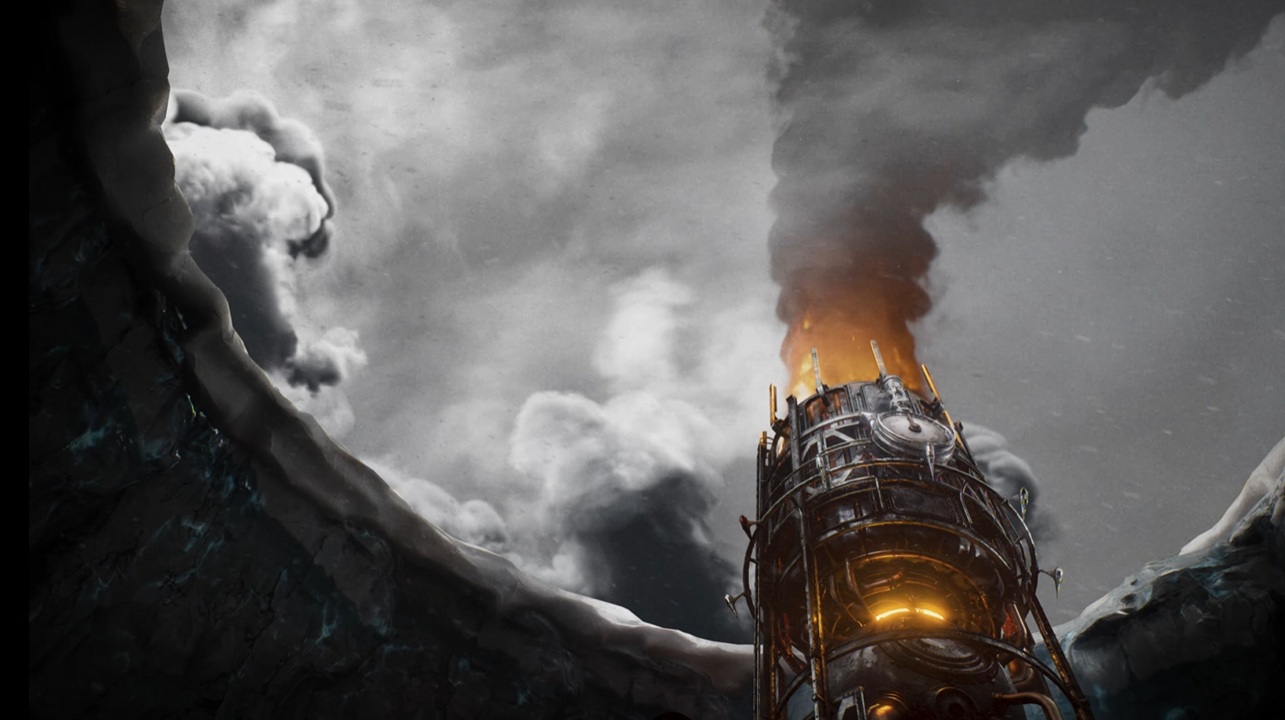Nokia Lumia 1020 captures image of objects obstructed from view

The world of photography is incredible. It's a feat to capture the world and view any scene at a later date in glorious high definition, but it's another to further develop the technology to produce some extraordinary results.
We are now learning that physicists have managed to use the Nokia Lumia 1020 to capture a photo and reveal objects hidden behind a piece of frosted glass.
Using single-pixel imaging, an image taken from behind frosted glass captures an entirely random pattern of light, but should a sequence of images taken this way be reconstructed, it is possible to crunch the data from numerous images and produce an image of the concealed object. Usually this would include a rather powerful computer to handle the image processing.
Ori Katz and a handful of colleagues at the Institut Langevin in Paris have managed to achieve similar results using nothing more than a smartphone – the Lumia 1020. The team treats data from each pixel as an individual image and look for the correlation between all the images. There's no need for a lens as the light doesn't require to be refocused.

The Lumia 1020 camera sensor
Smartphones in general cause issues for this type of image processing as lenses are unnecessary (requiring a pinhole aperture) and each device produces compressed jpeg images, but luckily these files can still be used. The end results are reportedly impressive, with images reconstructed to reveal objects behind onion skin and even chicken breast tissue.
"And they even produce images using reflected light (as opposed to transmitting light). To prove this, these guys recorded the light from an object that was scattered off a wall covered in white paint. Sure enough, the resulting image revealed the object, even though it was essentially around a corner from the camera."

It's fairly revolutionary technology with many possible applications that include space exploration with orbiting observatories and medical imaging. Imagine the frosted glass being soft tissue and having the ability to photograph an object just beneath the tissue without the need for x-rays or exploratory surgery.
Get the Windows Central Newsletter
All the latest news, reviews, and guides for Windows and Xbox diehards.
The added bonus is that a Windows Phone was utilized in the development, which will allow scientists to scale down imaging equipment and be more cost efficient.
Source: Medium; Thanks, Guy, for the tip!

Rich Edmonds was formerly a Senior Editor of PC hardware at Windows Central, covering everything related to PC components and NAS. He's been involved in technology for more than a decade and knows a thing or two about the magic inside a PC chassis. You can follow him on Twitter at @RichEdmonds.
